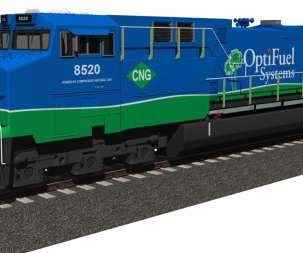Toyota Central R&D Labs develops new ferrihydrite material that effectively removes ozone from air
Green Car Congress
JULY 13, 2011
Comparison of O 3. Japan) report in the journal Angewandte Chemie the development of a mesoporous two-line ferrihydrite (2LFh)—ferrihydrite is a widespread mineral composed of iron, oxygen, and water—that could lead to a new generation of ozone filters in electrostatic devices and aircraft applications. Mathew et al.















Let's personalize your content